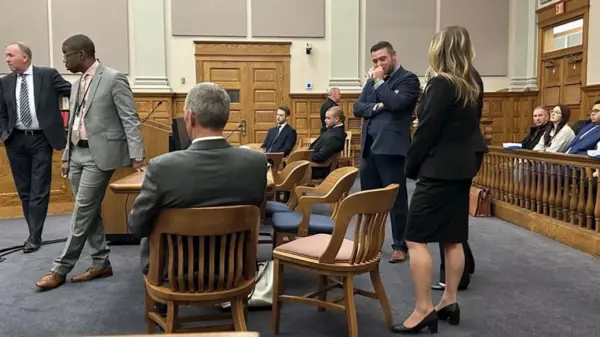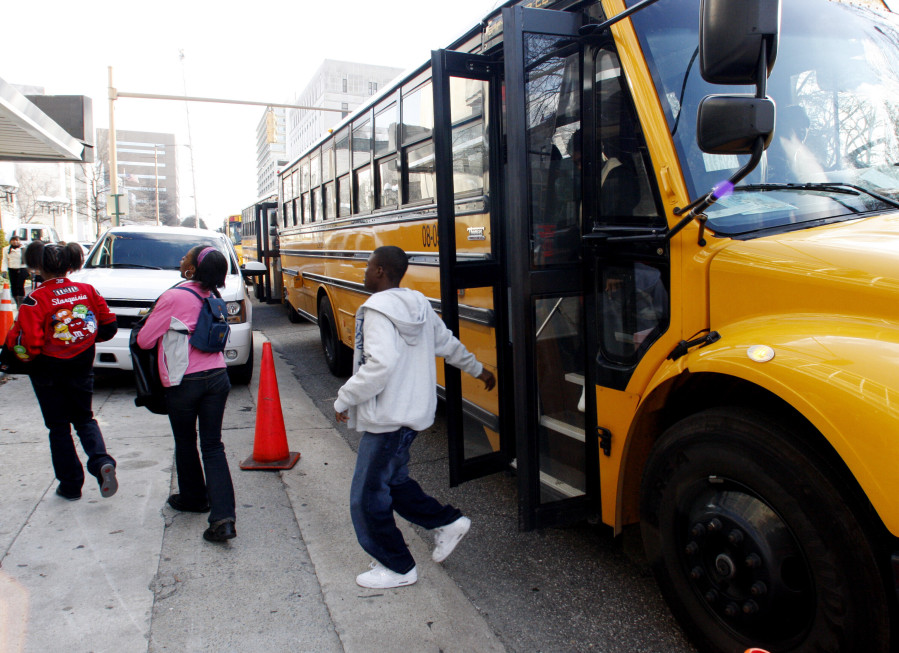As the new school year begins, many parents face a significant decision: whether their children are ready to stay home alone after school. With increased obligations and the high costs of after-school programs, more families are considering this milestone. Experts stress that readiness varies among children and is not solely determined by age.
Understanding the Guidelines and Recommendations
In some regions, laws dictate the minimum age for leaving children unsupervised. For instance, Maryland prohibits leaving children younger than 8 years old unattended. However, most areas allow parents to make this decision. Experts suggest that children aged 11 to 13 years may be suitable candidates for staying home alone, but they caution that maturity levels differ widely.
According to Jaesha Quarrels, director of child care services at Oklahoma Human Services, “It’s not a one-size-fits-all ordeal. You really have to take a broader view.” She highlights that inadequate supervision significantly contributes to preventable injuries and neglect.
The American Academy of Pediatrics indicates that most children are not equipped to handle emergencies until around age 11 or 12. Until then, structured supervision is advised. Brian Tessmer, director of treatment and operations at Family Resources in Pittsburgh, Pennsylvania, emphasizes that age is just one factor. “Kids mature at different rates, so it’s essential to consider various aspects,” he explains.
Key Factors for Assessing Readiness
Before deciding, parents should evaluate several critical factors. Children should be able to recite their full name, home address, phone number, and the contact information of a parent or guardian. They should also know how to reach that person.
In addition, experts recommend assessing whether a child can follow rules, maintain a routine, and keep themselves engaged with homework or other activities. Essential skills include being able to dial a phone and prepare simple snacks. Parents should also discuss safety protocols, such as what to do in case of a tornado warning or how to dial 911.
Emotional readiness is equally important. Given the current climate of anxiety among children, Quarrels notes that parents should consider their child’s feelings. “We need to think about their confidence levels and their ability to manage feelings of loneliness or fear,” she says.
Communication plays a vital role in this transition. Tessmer suggests that parents frame the experience as a family milestone, reinforcing their trust in the child. Children should have a clear understanding of house rules, including restrictions on using stoves or opening doors to strangers. Quarrels advises keeping these rules visible and reviewing them regularly.
To further ease anxiety, role-playing can be beneficial. Parents might simulate scenarios such as answering the doorbell or making emergency calls. Starting with short periods, such as leaving a child inside while stepping outside or walking nearby, can help gauge their comfort level.
Technological advancements also offer reassurance. Smartphones and home security systems equipped with real-time monitoring can provide peace of mind for both parents and children. Tessmer recommends checking in regularly if parents are away for more than 15 to 30 minutes.
As families navigate this important decision, understanding the unique needs of each child is crucial. With proper preparation and communication, parents can help their children embrace this new level of independence safely.






































































